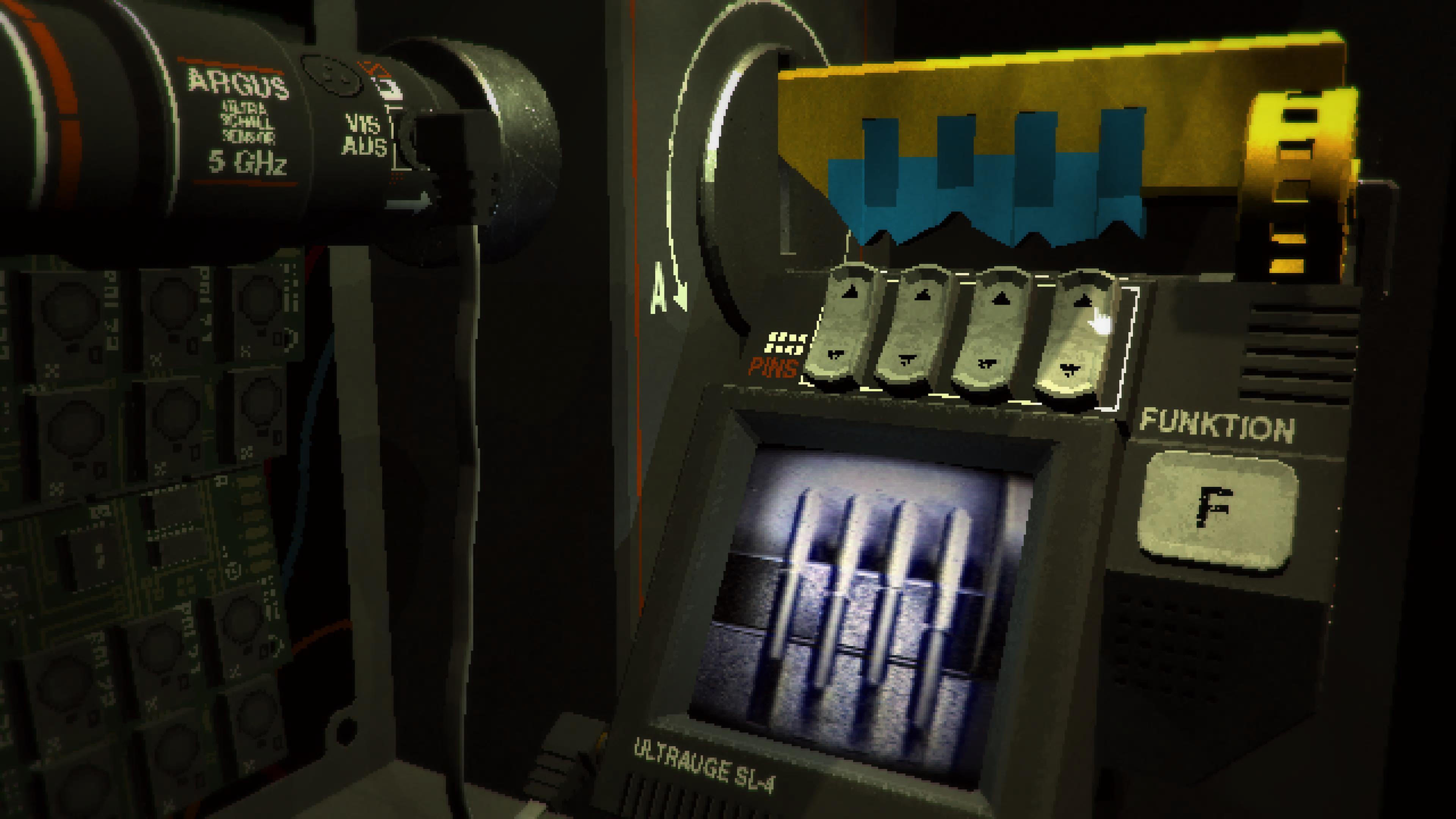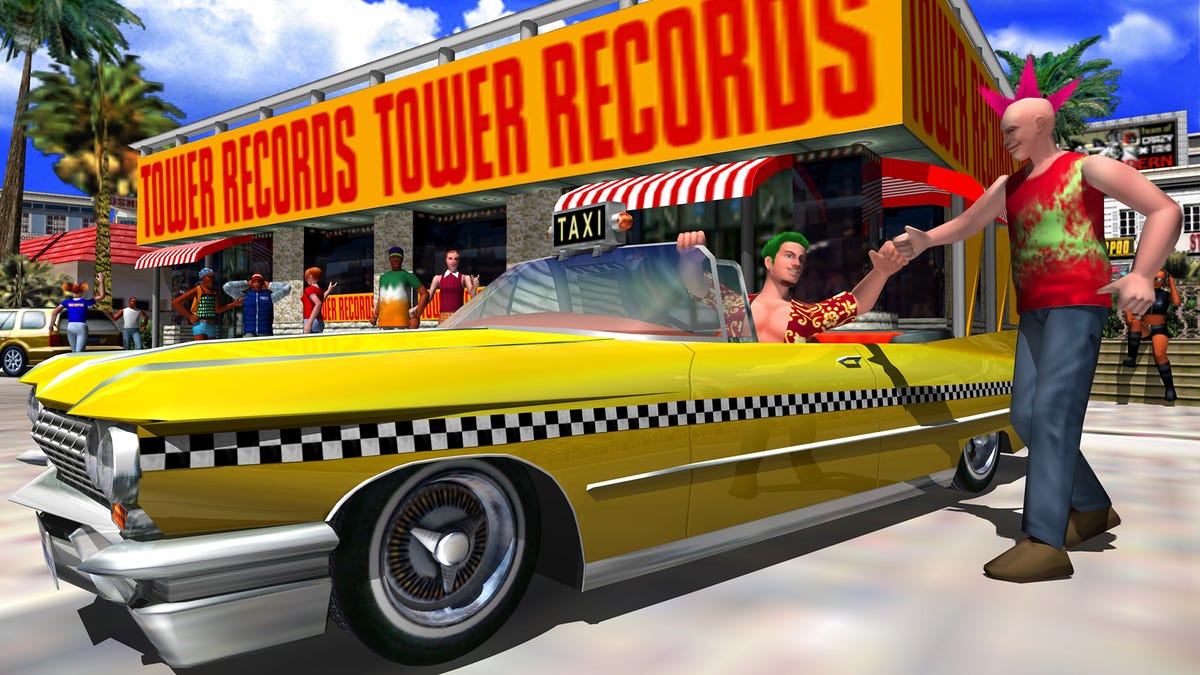With the busy fall season, we occasionally overlook smaller but equally exciting titles as AAA games compete for the most attention. Led by two-man team Rose Engine and with an obvious love for the PlayStation 1 era of survival horror games, Signalis was in my sights, but oh boy, between Norse gods and a space invasion… until now I’ve had that did not begin to explore the retro-futuristic rooms and corridors of the Sierpinski base. And while a review might seem a bit dated by now, we’ll adopt the better late than never line, as Signalis is as much a beautifully twisted love letter to a past rarely left behind as it is a descent into incredible sophistication in a cosmic one Nightmare she never wanted to wake up from.
At first glance, Signalis looks like a classic take on the early Resident Evil and Silent Hill games, with its mix of low-poly and pre-rendered environments, but it doesn’t take long for Rose Engine’s impeccable sense of style to make its mark on the present The Sierpinksi base sticks to a dark color palette full of browns and grays, but classic third-person exploration is often interrupted by switching to first-person while investigating key locations like elevators, televisions, and communications relays. Here, the retro-futuristic world is reinforced with pre-rendered footage, a trick projects like Resident Evil also master, but Rose Engine takes it a step further by introducing longer first-person sequences. And then there are the cinematics, which differ greatly from the rest of the game with sharp edges and a prominent use of red. All of this, along with the often stylized title cards introducing new chapters or special rooms, gives Signalis a visual look I don’t recall seeing in any other title. In a way it’s overt and eclectic, but the studio seems so confident in the way it mixes the different styles that the end result seems completely cohesive.
Advertising:
Thankfully, behind this flawless presentation is a heart that beats strong both narratively and mechanically. The first of these is particularly inspired by Silent Hill, with an ambivalent relationship to reality and a missing girlfriend, but it never looks like a copy, which is partly due to the setting (the already named Sierpinski base) because it’s set there on edge of the solar system and with this retro-futuristic interior it’s a far cry from the silent city. We can say the same about the replicas that make up the bulk of the cast in the game: artificial intelligences modeled after real people. You are one of them yourself, and what brought you to the Sierpinski base is the search for your friend Alina, and there you are a stranger to most people.
The Sierpinski setting is perfectly suited to this type of methodical survival horror game. Often this seems to extend to the core of the planet and the unspeakable things that must be hiding in the depths. You start at the top and through exploring, fighting and walking you slowly descend in search of answers. Signalis thrives on the unknown and the ambiguous, but you always have the feeling of having a clear goal, even if your entire environment is open to interpretation. As is often the case in good psychological horror games, there’s an emotional core that drives you along (think James Sunderland’s quest for answers in Silent Hill 2, for example); Signalis is about the relationship with your missing friend, whose nature and circumstances are constantly changing as new revelations are made.
Rose Engine builds an amazingly well-crafted world around the central relationship through journals, journals, propaganda posters, and boring things like instruction manuals, and our two main characters are surrounded by supporting characters who have fully fleshed out the storylines. In fact, I think Signalis’ storyline would have worked just as well with a less detailed universe, but the amount of detail certainly added to the title’s sense of place. I may not need to know what life is like on all the planets and colonies in the fictional solar system, but that’s why I keep reading about it with such curiosity.
Advertising:
All in all, it’s a real pleasure to explore the world of Signalis. The project takes over a large part of its structure from Resident Evil 2 in particular, with its large and limited areas made up of an infinity of rooms and corridors. Each of the zones is like a jigsaw puzzle that needs everything to fit together perfectly, but once you move on to the next it’s a blank slate again (although you can keep any useful items, of course). The puzzles range from very simple to more complex ones that require you to string together information from several different places. One of my favorites was sifting through medical records until I found a social security number I’d read in an email that was supposed to be the code to pick a lock anywhere else in the area. Some of the more esoteric puzzles involve tuning a radio to the right frequencies to create certain patterns that you then have to identify in the environment, but even at times like these, Signalis manages to strike a delicate balance between challenging without being too to become abstract or disconnected. This is in large part due to the very useful map, which points out particularly interesting locations and color-codes doors based on whether they’re open, can be opened with a key or something, or can’t be opened at all. That’s a great example for a quality of life improvement that modernizes the genre without sacrificing its spirit.
But as the sources of inspiration suggest, Sierpinski’s riddle cannot be solved at will; A mysterious disease has spread, turning the residents of the base into twisted hunks of flesh with a serious thirst for murder. Enemies in Signalis come in a handful of different variants of the same type, which you can take down with some of the more basic firearms like a pistol, shotgun, revolver, or grenade launcher. Unlike Inspires, you don’t have to worry about aiming up or down. Just make sure you aim at the enemy long enough to hit them effectively. It’s a functional if unspectacular system and often worth striving for, especially since the termite that will keep your enemies grounded forever is in short supply. Resource management in particular plays a fundamental role and turns out to be a double-edged sword: at best, this aspect forces you to pay attention to what you really need in your adventure, but with Signalis it’s so restrictive that you often have to move on to the next Return chest or reload your last save to get the right key element. This isn’t a huge issue in the early game zones where progression is more linear, but towards the end where Signalis stretches quite a bit more it’s a real pain.
However, all this is enough for me not to lose my enthusiasm for the Rose Engine game. Signalis is one of the best gaming experiences I’ve had the pleasure of enjoying this year, thanks to superior presentation, solid gameplay, and an ambiguous, emotional, and multi-layered storyline. It was the presentation that caught my attention and the gameplay held it, but what cements my love for Signalis is the storyline, and that makes it my favorite indie title of the year.









